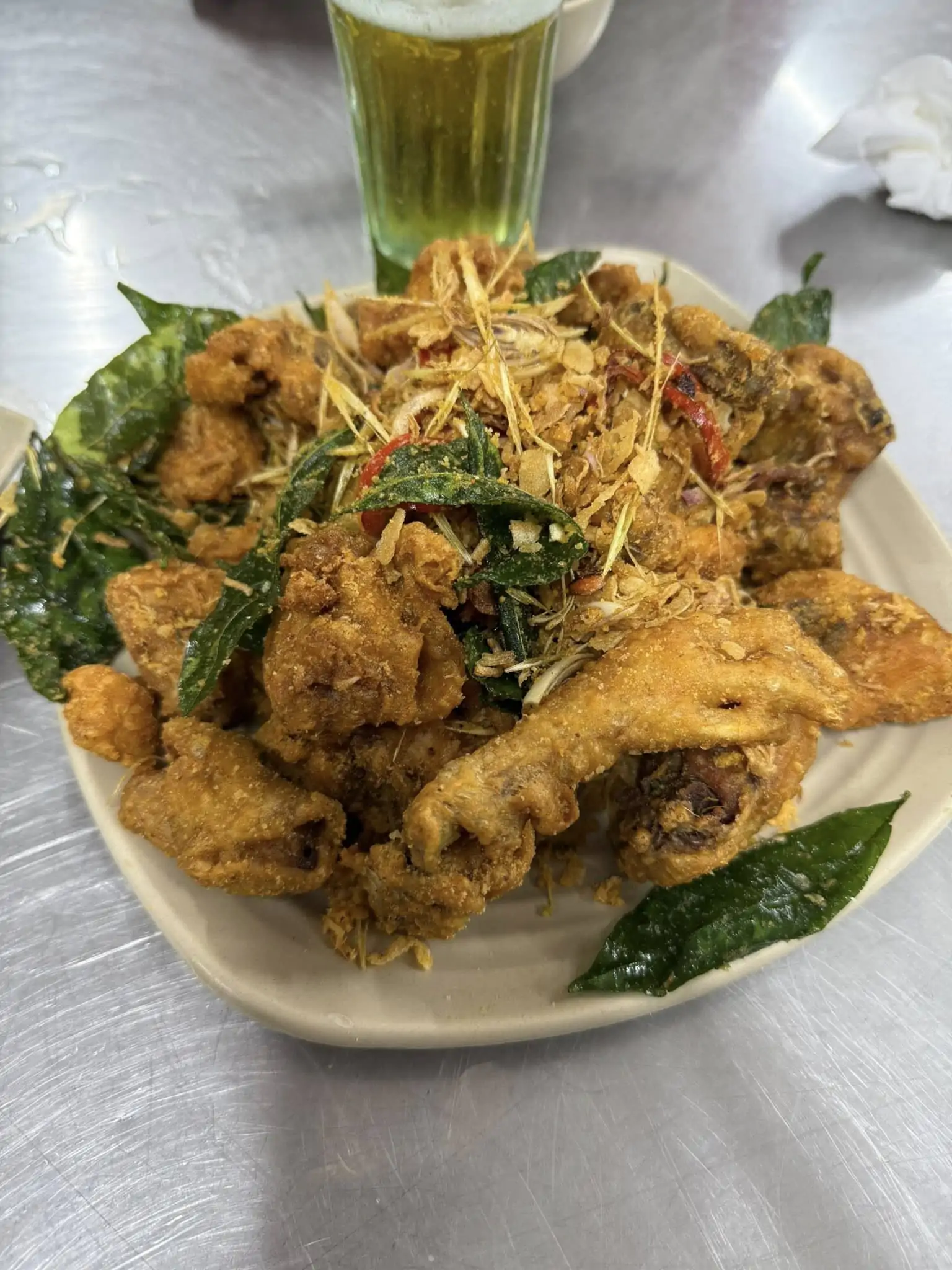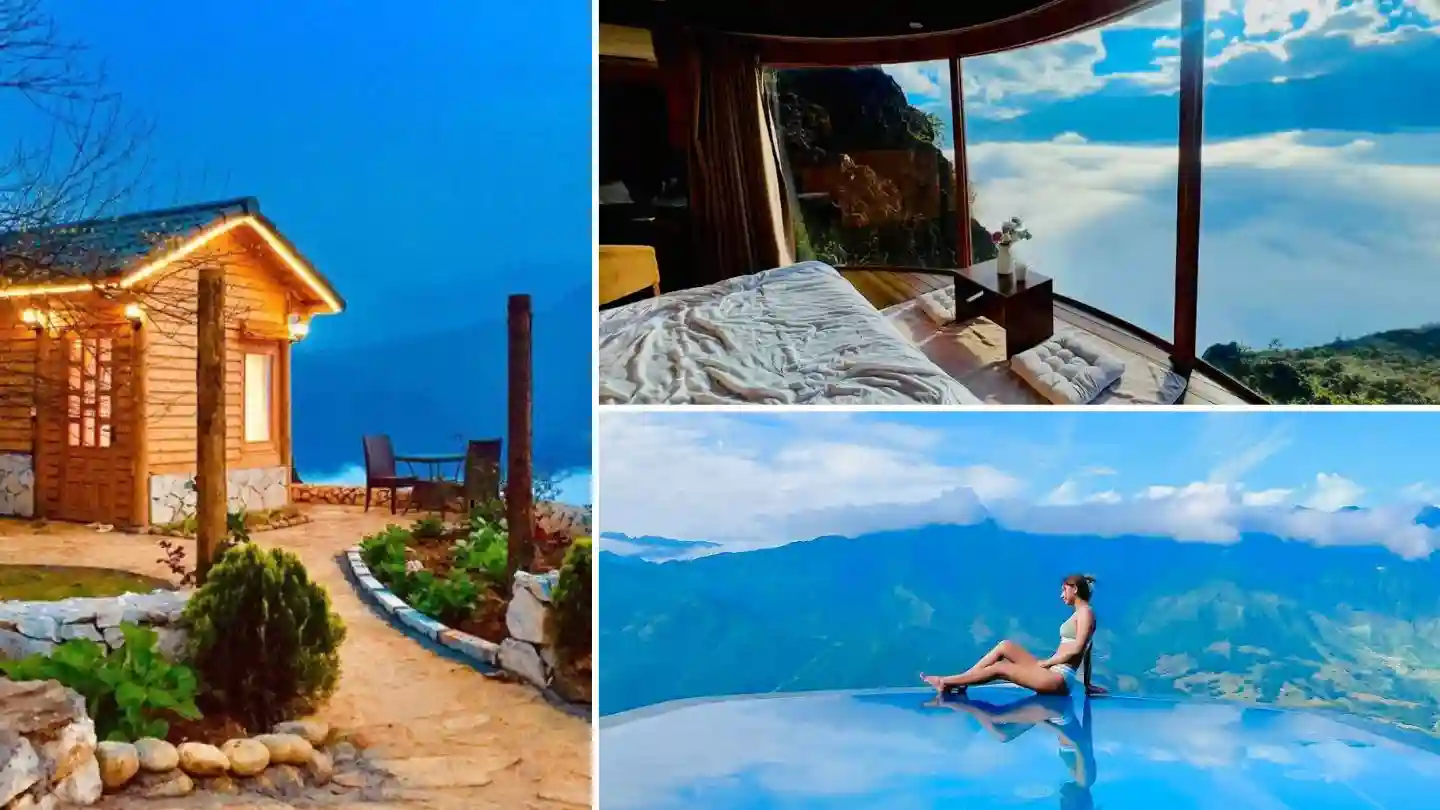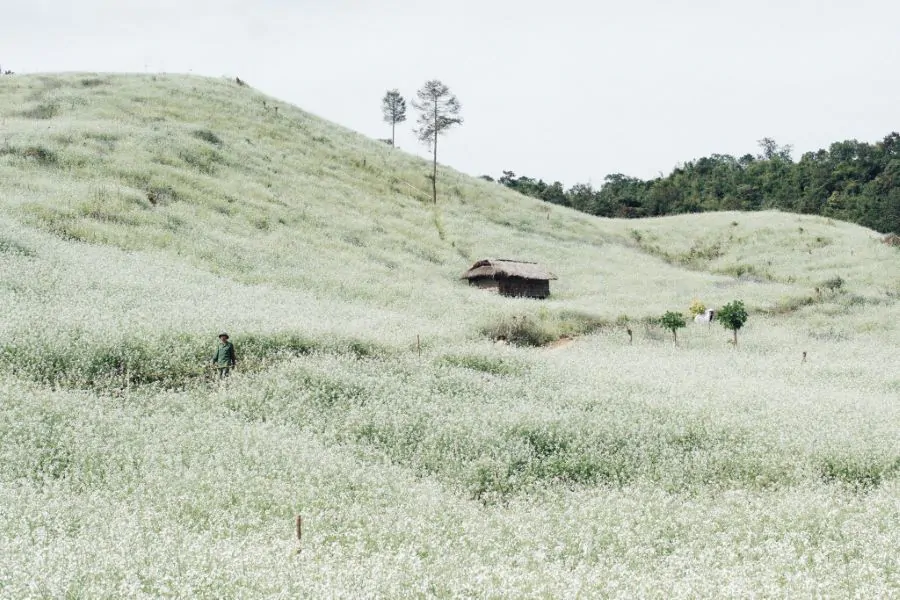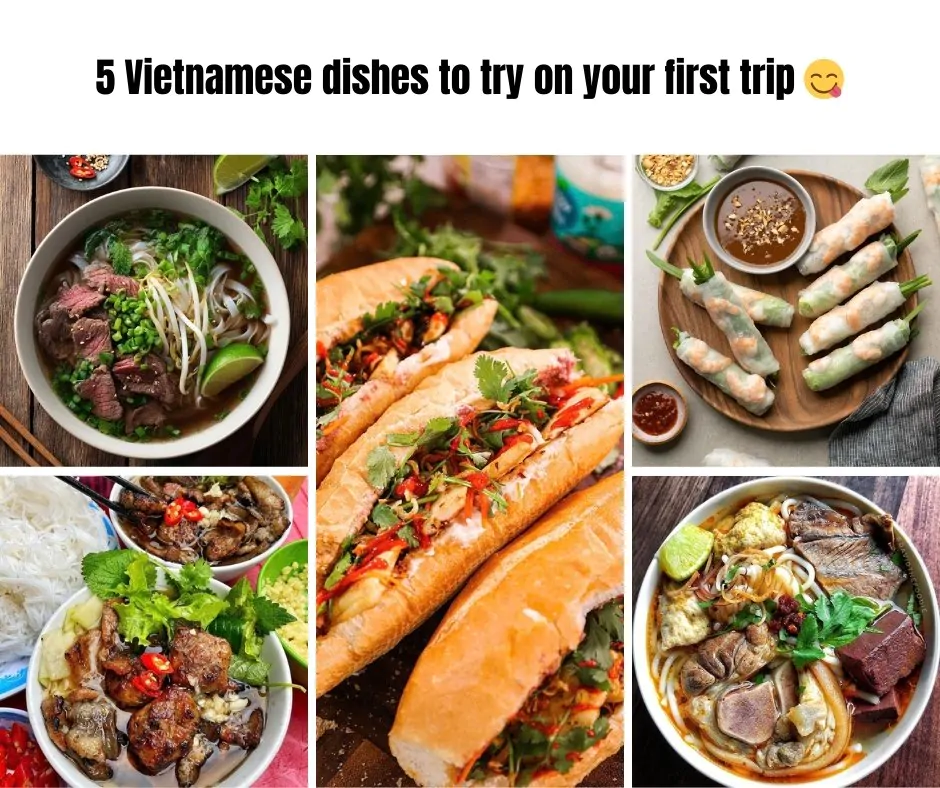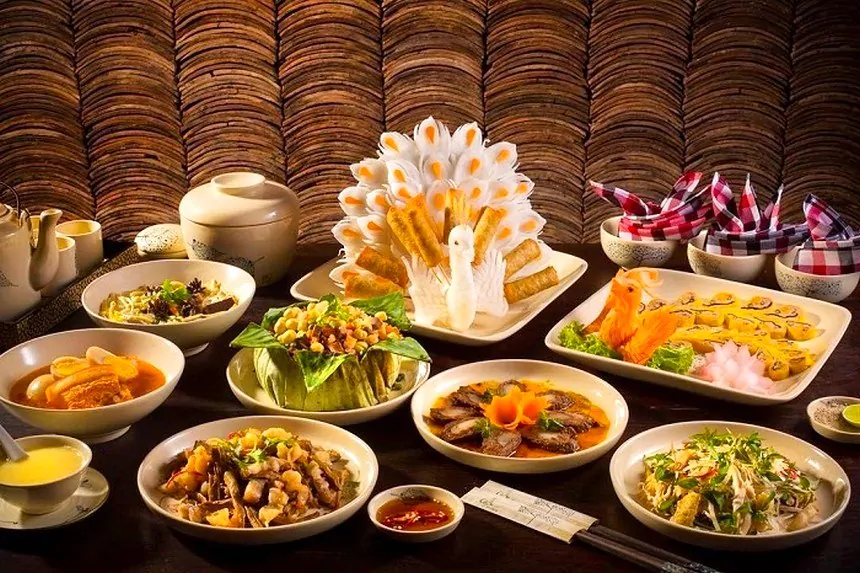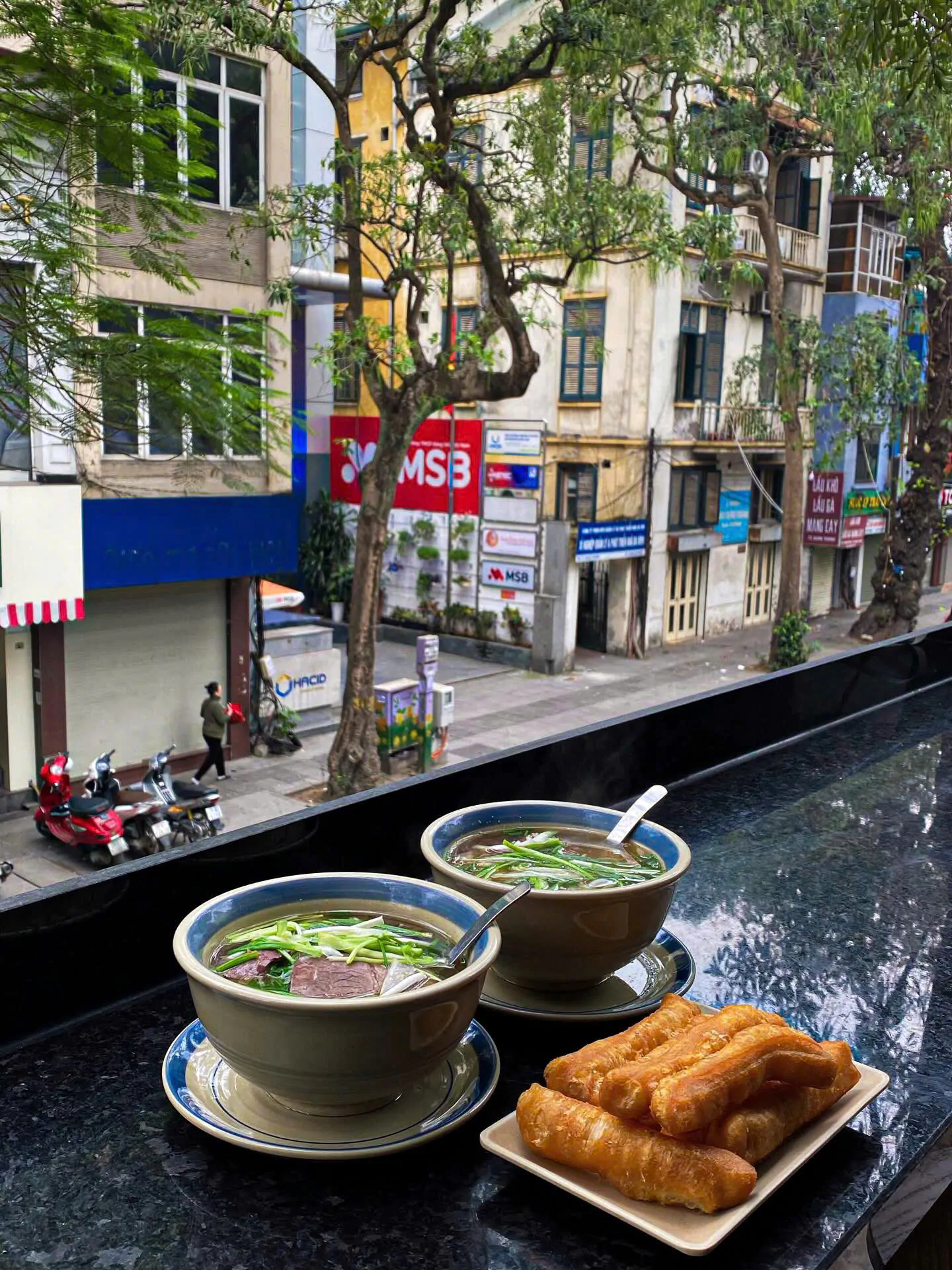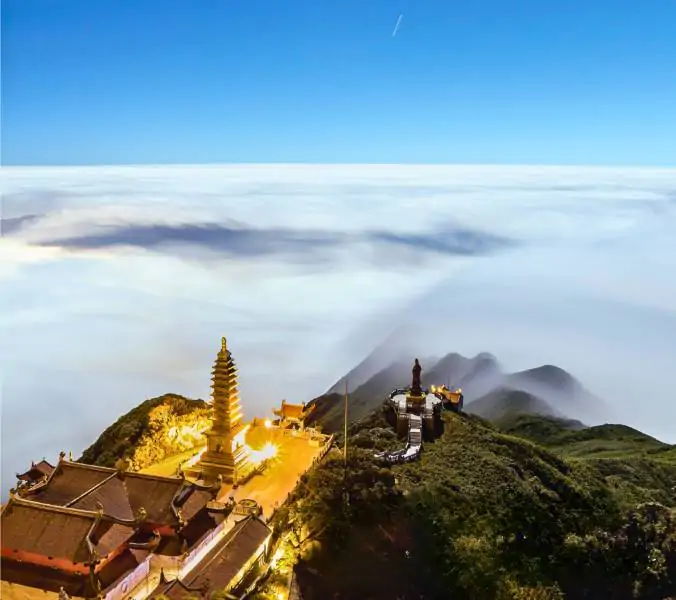Contents
Traditional Vietnamese Dress: Cultural Beauty in Unique Costumes
Vietnam’s rich cultural tapestry is vividly portrayed through its traditional dresses. At the forefront is the ao dai, a global symbol of Vietnamese elegance and grace. This comprehensive guide by Vietnam Discovery Travel delves into the ao dai’s history, variations, and significance. It also explores the traditional attire of various Vietnamese ethnic groups, showcasing their unique cultural contributions. Discover more about these cultural treasures with Vietnam Discovery Travel and immerse yourself in Vietnam’s rich heritage.

1. About Ao Dai – The World-Renowned Traditional Vietnamese Dress
1.1. The History of the National Dress of Vietnam
The ao dai is more than just a piece of clothing; it’s a cultural emblem that has evolved over centuries. Its origins trace back to the 18th century, when it emerged as a formal attire for Vietnamese aristocracy. Initially, it consisted of a long tunic worn over pants, reflecting the influence of both Chinese and indigenous Vietnamese fashion. Over time, the ao dai has undergone numerous transformations, adapting to changing styles while retaining its core elements of elegance and simplicity.
In the early 20th century, the ao dai became popular among Vietnamese women of all social classes. It was during this period that its iconic features—such as the high collar, fitted bodice, and flared pants—became standardized. The dress has since become a symbol of Vietnamese national identity and pride, often worn during significant cultural events and celebrations.

1.2. Colors and Variations of Ao Dai
Ao dai comes in a variety of colors and fabrics, each suited to different occasions and personal preferences. Traditionally, the ao dai is made from silk, satin, or velvet, offering a luxurious feel and an elegant appearance.
- Colors: The colors of ao dai are diverse, ranging from classic whites and pastels to vibrant reds and blues. White ao dai is often associated with purity and is commonly worn by students during graduation ceremonies. Bright colors like red and yellow are favored during festive occasions such as Lunar New Year (Tet), symbolizing prosperity and joy.
- Variations: Ao dai can be tailored to suit various occasions. For formal events, the ao dai is typically made from high-quality silk with intricate embroidery or embellishments. Casual versions may feature simpler designs and fabrics, making them suitable for everyday wear. Seasonal variations also exist, with lighter fabrics used in hot weather and warmer materials for cooler seasons.

1.3. Occasions on Which the Vietnamese Wear Ao Dai
The ao dai is worn on a range of occasions, each reflecting its cultural significance:
- Festivals and Holidays: During Tet, the Vietnamese Lunar New Year, the ao dai is a popular choice for celebrations, symbolizing renewal and good fortune.
- Weddings: Brides often choose elaborate ao dai designs for their wedding ceremonies, showcasing intricate patterns and luxurious fabrics.
- Graduations: Students wear white ao dai during graduation ceremonies, marking the completion of their educational journey.
- Traditional Ceremonies: The ao dai is also worn during traditional ceremonies such as funerals and ancestral rites, highlighting its role in various aspects of Vietnamese life.
2. Learn About the Traditional Vietnamese Dresses of Some Ethnic Groups
Beyond the ao dai, Vietnam is home to a rich array of traditional costumes worn by various ethnic groups. Each dress reflects the unique culture and traditions of its people.
2.1. Thai People
The traditional dress of the Thai people in Vietnam is known for its vibrant colors and intricate patterns. The outfit typically includes a short-sleeved shirt and a long, wrap-around skirt called a “sang.” The fabric is often adorned with geometric patterns and embroidered details, reflecting the Thai community’s artistic heritage.

Address and Price:
- Location: Thai villages in Northwest Vietnam, such as in Lai Chau and Dien Bien Phu.
- Price: Traditional Thai garments can range from $20 to $100, depending on the complexity and quality of the embroidery.
2.2. Khmer People
The Khmer people’s traditional dress includes the “krama” (a checkered scarf) and “sangva” (a long skirt). The garments are often made from silk and feature traditional patterns that are both functional and decorative.

Address and Price:
- Location: Khmer communities in the Mekong Delta, especially in Soc Trang and An Giang provinces.
- Price: Khmer dresses typically cost between $30 and $70.
2.3. H’Mong People
The H’Mong people are known for their colorful and intricate traditional clothing, which includes heavily embroidered jackets, vests, and skirts. These garments are often decorated with silver jewelry and brightly colored threads.

Address and Price:
- Location: H’Mong villages in Ha Giang and Sapa.
- Price: H’Mong traditional outfits can cost between $50 and $150.
2.4. Cham People
The Cham people’s attire is characterized by its elegant simplicity. Women typically wear a “ao dai cham,” a long tunic over a skirt, while men wear a similar outfit but with a shorter tunic.

Address and Price:
- Location: Cham communities in Ninh Thuan and Binh Thuan provinces.
- Price: Cham traditional costumes range from $40 to $80.
2.5. Muong People
The Muong people’s traditional dress features a long tunic and a wrap-around skirt, often embellished with geometric patterns and intricate embroidery. The attire reflects the community’s close connection to nature and traditional crafts.

Address and Price:
- Location: Muong villages in Hoa Binh Province.
- Price: Muong costumes generally cost between $25 and $60.
2.6. Ha Nhi People
The Ha Nhi people are known for their distinctive clothing, which includes a dark-colored tunic and pants, often adorned with silver coins and embroidery.

Address and Price:
- Location: Ha Nhi communities in Lao Cai Province.
- Price: Traditional Ha Nhi attire is priced between $30 and $70.
2.7. Red Dao People
The Red Dao people’s dress is easily recognizable by its bright red fabrics and intricate silver accessories. Women wear long skirts and embroidered jackets, often decorated with silver coins and beads.

Address and Price:
- Location: Red Dao villages in Northern Vietnam, including Sapa and Ha Giang.
- Price: Red Dao traditional costumes typically cost between $60 and $120.
Conclusion
Vietnam’s traditional dresses, from the elegant ao dai to the diverse costumes of ethnic groups, offer a fascinating glimpse into the country’s rich cultural heritage. Exploring these traditional garments provides a deeper understanding of Vietnam’s history, artistry, and cultural identity. For an immersive experience, consider visiting local markets and communities where you can witness and purchase these beautiful costumes, making your journey with Vietnam Discovery Travel truly unforgettable. For real-time updates and travel tips, connect with us on WhatsApp.

